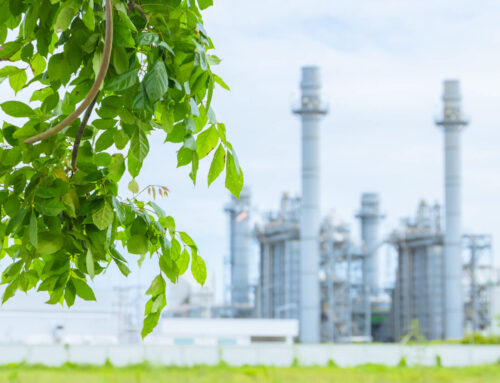Möeve prepares to break ground on what will become Spain’s largest green hydrogen project
November 22, 2025
With the world facing an existential crisis amid decades of reliance on the traditional energy sector, a new tidal wave of renewable energy projects has swept across Europe. Now, Möeve, formerly known as Cepsa, has announced it is preparing to break ground on Spain’s largest green hydrogen project. The company has noted the astonishing progress in developing the planned facility that will become a landmark achievement in Spain’s energy transition ambitions. The renewable energy sector is undoubtedly the way forward for the international energy sector.
The Andalusian Green Hydrogen Valley will become the largest hydrogen project in Spain
Spain has long been searching for the best method to decarbonize its energy sector. Doing so requires a pragmatic approach so as not to disrupt the energy ecosystem in the region. The project, which will become the largest green hydrogen project in Spain once completed, has an eye-watering budget of 3,000 million euros, underscoring Spain’s commitment to reaching its clean energy goals.
The Andalusian Green Hydrogen Valley project has been listed by Spain and the EU as an IPCEI (Important Project of Common Interest), and Möeve has stated its ambition to immediately begin construction. The astonishingly large project will consist of an electrolysis plant with a combined capacity of 2 GW, which could potentially produce up to 300,000 tonnes of green hydrogen annually.
The first phase of the project has been dubbed Onuba by the company
The initial phase will consist of a 400 MW electrolysis plant located in Palos de la Frontera, and will mostly focus on producing green hydrogen for both the company’s own facilities and for other interested third parties. According to official data from Möeve, the first phase of the project will create roughly 10,000 direct, indirect, and induced jobs for the local populace.
The new green hydrogen project forms part of Spain’s national strategy for the renewable energy sector
Spain’s national strategic plan for renewable energies, known as ERHA PERTE, calls for increased spending and attention on accelerating Spain’s embrace of the hydrogen sector and the renewable one overall. That embrace has not been the trend for other nations that still rely on the gas and oil sectors. Additionally, the Andalusian Green Hydrogen Valley project will create auxiliary infrastructure, such as:
- 220 kV underground power lines
- substantial connections to local electrical substations
- storage plants linked to heavy, maritime, and air transport
- decarbonization of critical energy sectors in Spain
The additional necessary infrastructure for the project needs to be considered as well, with Spain needing to build robust electricity grids and industrial-scale gas transport systems. That will most likely come from the astonishing 3,000 million euro price tag to complete the construction phase.
Spain’s hope will be for the project to boost its hydrogen capacity, as the resource can be used to produce renewable fuels and green ammonia, essential to replacing traditional fuels like diesel and other fossil fuels. The European proclivity for the renewable energy sector has become all too real in recent years, with the EU awarding funds for eight hydrogen projects across the bloc.
If integrated successfully, Spain’s energy sector will become the envy of the global market
The EU has placed some significant regulatory barriers in place to ensure the quality of hydrogen entering the bloc, with the Commission recently confirming renewable certification for a massive Chinese hydrogen project that will pump the delicious hydrogen into Europe. The proportions of the project mean that it will take some time to progress through the phases of construction and actual on-the-ground implementation. Regardless, once construction is complete and all the required regulatory approvals have been given, Spain will undoubtedly become the home of green hydrogen production in Europe.
Author Profile
Search
RECENT PRESS RELEASES
Related Post




